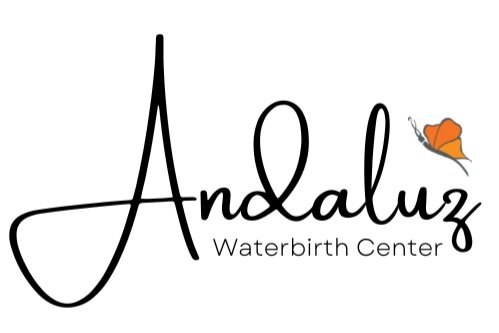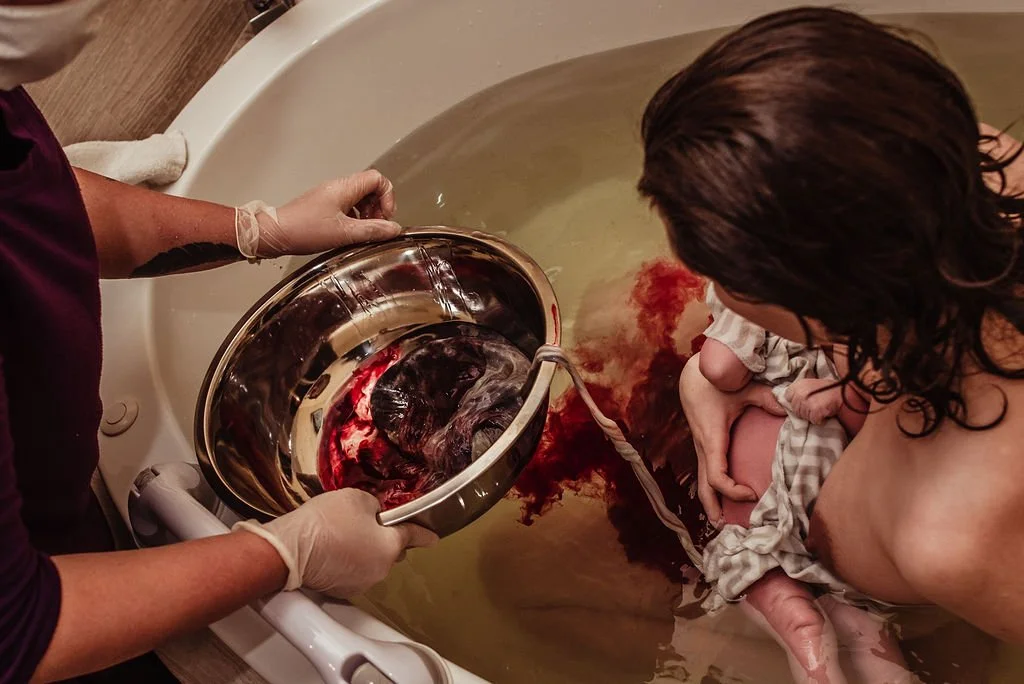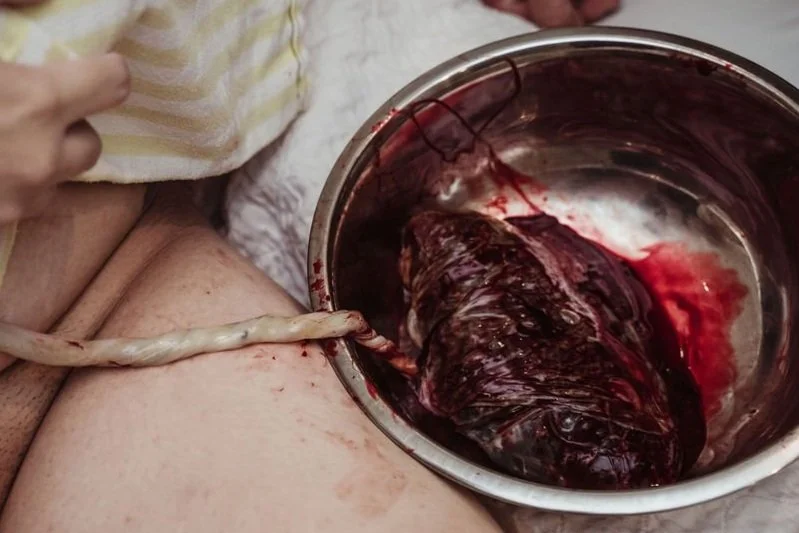What happens to my placenta at a birth center?
Photos of placentas ahead!
The placenta! That nearly magical organ that our bodies grow from scratch in an incredibly short amount of time, that produces hormones to sustain our pregnancies, that provides our babies with their first source of nutrition, and that exits the body when it's work is done.
Our clients often ask what happens to their placenta after they give birth at Andaluz. The answer is simple—whatever you WANT to happen!
Photo by Natalie Broders
Delayed cord clamping and cutting
Typically, after a baby is born at our birth center, the umbilical cord is kept unclamped and uncut until it is totally white, allowing it to provide oxygenated blood to the baby for as long as possible.
There are many benefits to allowing the cord to transfer blood to the baby for as long as possible after birth, including boosting newborn’s iron stores for the first several months of life, and maintaining the baby’s supply of oxygen-rich blood while they transition to life outside of the womb.
The placenta is often delivered with the cord still intact, and placed in a stainless steel bowl. Families can choose when and how they want the cord separated. Some prefer to have a partner, a family member, or their midwife cut the cord. Others may opt for the gentle and gradual practice of cord burning (we have a cord burning box on hand for use).
Photo by Natalie Broders
Storage or Disposal
After the baby is separated from the placenta, you can chose to have us store the placenta in our freezer for you to take home, or we can dispose of it for you.
Photo by Natalie Broders
Those who chose to take their placenta home may want to treat it ceremoniously by burying it in the garden or under a newly planted tree.
Another popular option is to have it encapsulated. For more information about placenta encapsulation, check out this local resource.
If you are interested in having a keepsake of the placenta, you can make a print with it or preserve a small amount of the cord.
If you plan on taking your placenta home, don't forget to bring a cooler or a freezer bag for transport!




